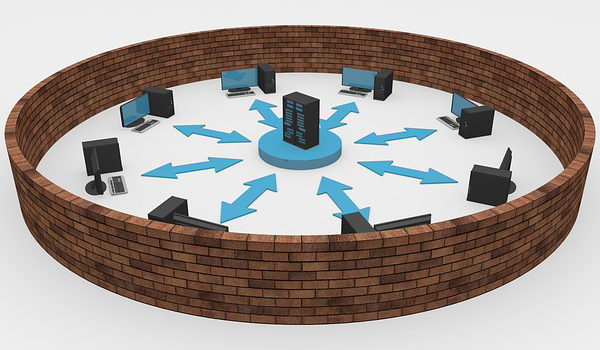DDoS
DDoS or distributed denial-of-service is a cyber attack in which multiple compromised computers or devices flood a targeted network or system with a massive amount of fake traffic.
Updated: December 5, 2023

DDoS or distributed denial-of-service is a cyber attack in which multiple compromised computers or devices flood a targeted network or system with a massive amount of fake traffic. It is difficult or impossible for legitimate users to access the network as DDoS overwhelm the resources of target like bandwidth, processing power, or memory.
DDoS protection software is used by businesses to protect various types of data and to help secure websites and applications. Steady site functionality can be proactively maintained and sudden site delivery failures caused by the rapid influx of traffic can be prevented by these tools.
Volumetric attacks, Transmission Control Protocol/Internet Protocol (TCP/IP) attacks, Application layer attacks, Fragmentation attacks, Slowloris attacks and Reflective/amplification attacks are different types of DDoS attacks. Each of these forms concentrate on different aspects of a target system.
Although, DDoS attacks are malicious acts, but attackers generally utilize them for disruption, diversion, extortion and ideological motivations.
Organizations can strengthen their defenses by understanding the fundamental components of a DDoS attack. Botnets, Command and Control (C&C), Exploited vulnerabilities, Attack traffic and Collateral damage are basic elements of a DDoS attack.
Scalability, attack sophistication, traffic differentiation, short attack duration, reflection and amplification and reputational harm are significant challenges for organizations and individuals.
Network monitoring, traffic filtering, redundancy and scalability, content delivery networks (CDNs), rate limiting and incident response planning are best practices for preventing DDoS attacks.
Types of DDoS attacks
- Volumetric Attacks
- TCP Connection Exhaustion
- UDP Reflection/Amplification
- ICMP Echo Request (Ping) Flood
- Slowloris Attack
- SYN/ACK Floods
- HTTP/S Request Floods
- DNS Amplification
- NTP Amplification
- SSDP/UPnP Reflection




